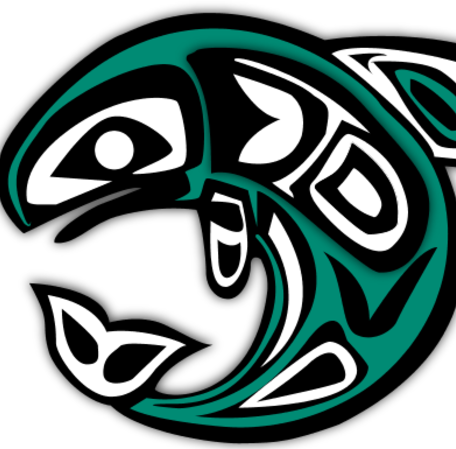Oregon’s Salmon Trout Enhancement Programs (STEP), operated and maintained by resolute volunteers are particularly important to natural salmon populations, salmon anglers, and the economy of coastal communities. These programs provide additional hatchery raised salmon for anglers to harvest, its volunteers enhance natural salmon habitat, and the economy of small coastal communities’ benefit from the annual influx of anglers and their families during salmon fishing season.
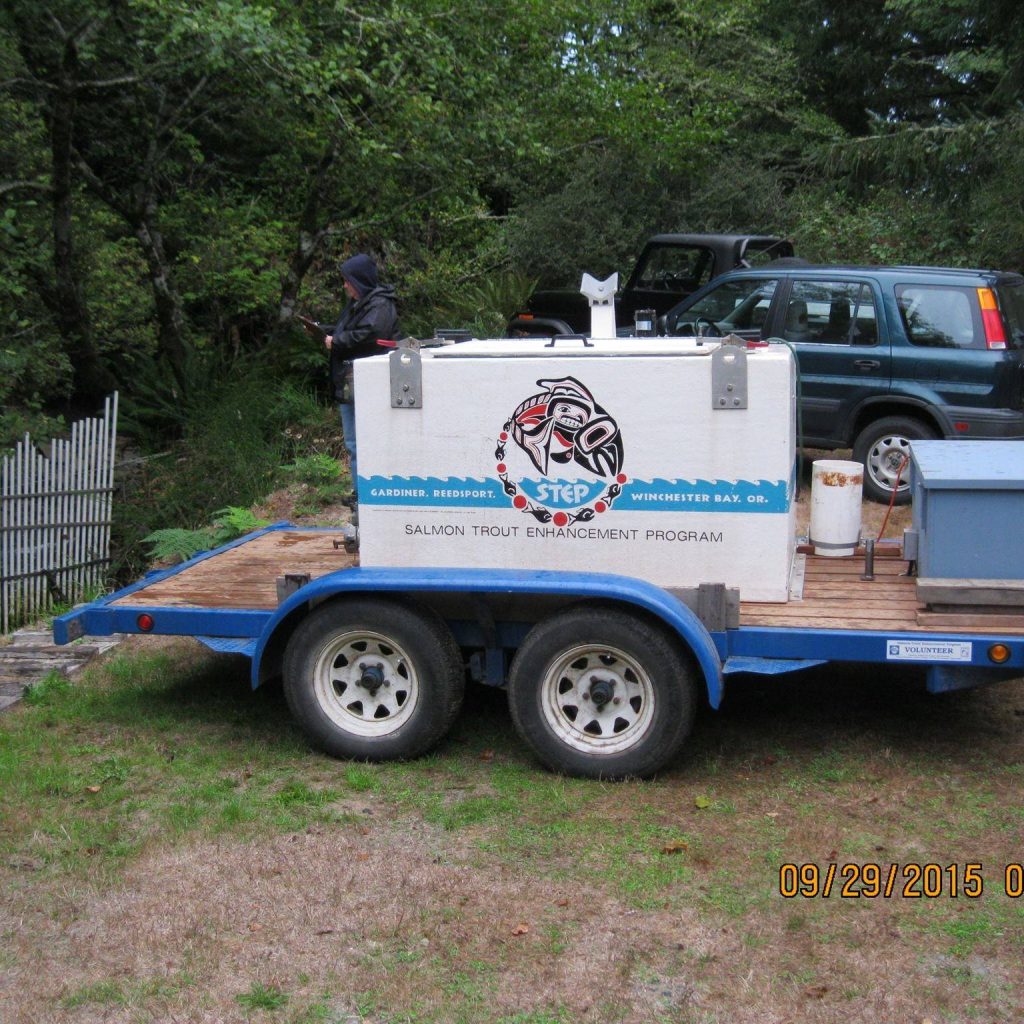
The Oregon legislature established STEP in 1981. Its primary goals include:
- Rehabilitate and improve stream habitat and natural fish stocks.
- Ensure that harvest does not exceed fish populations reproductive abilities.
- Provide for citizen volunteer participation in achieving Oregon Department Fish and Wildlife fish management objectives.
- Support public education programs.
The Gardiner, Reedsport, Winchester Bay STEP program began in 1982 rearing Coho salmon. Currently the program now captures only fall Chinook salmon as broodstock, artificially spawns them, and raises the eggs to produce a goal of 100,000 pre-smolt and 70,000 smolt for release into the Umpqua River estuary. This produces approximately 2,800 adult fall Chinook salmon available for harvest by anglers.
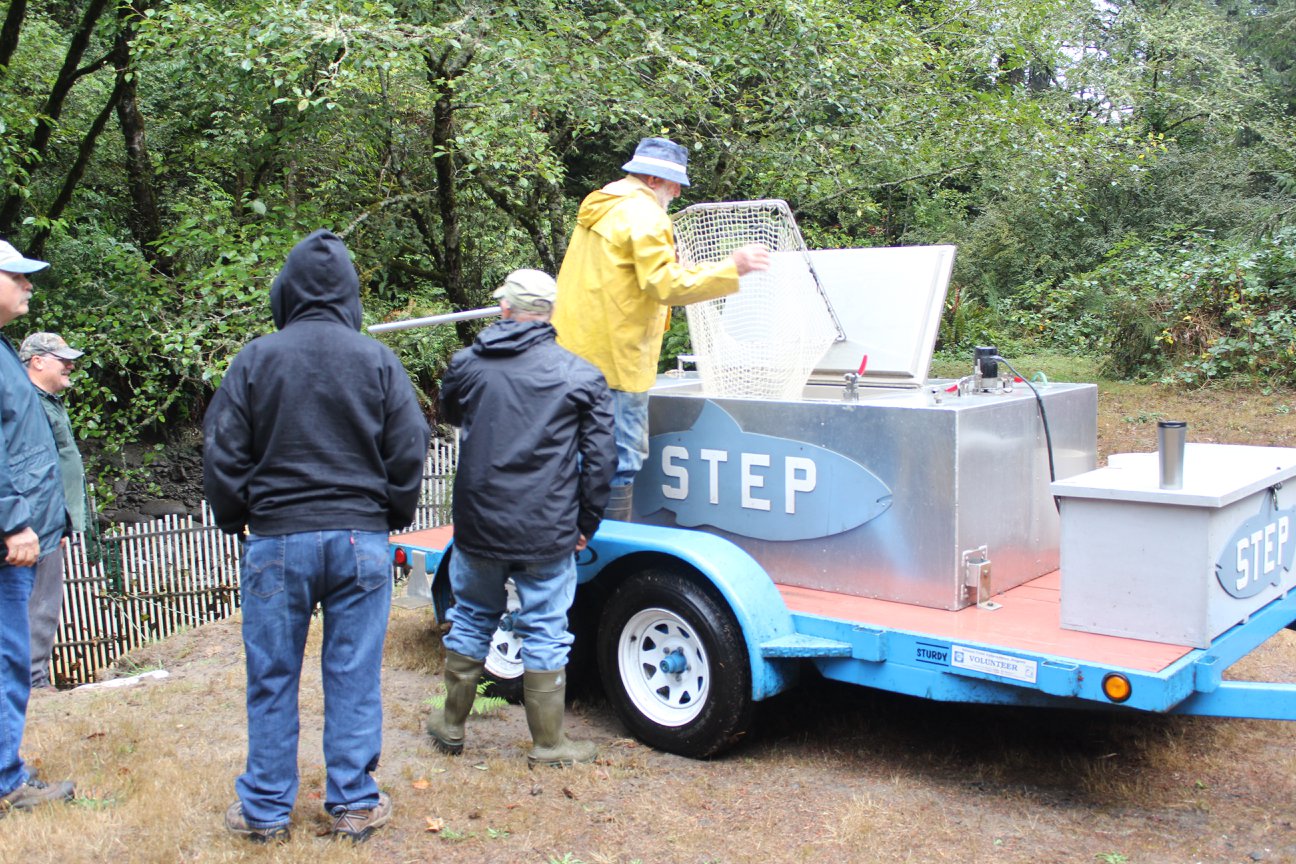
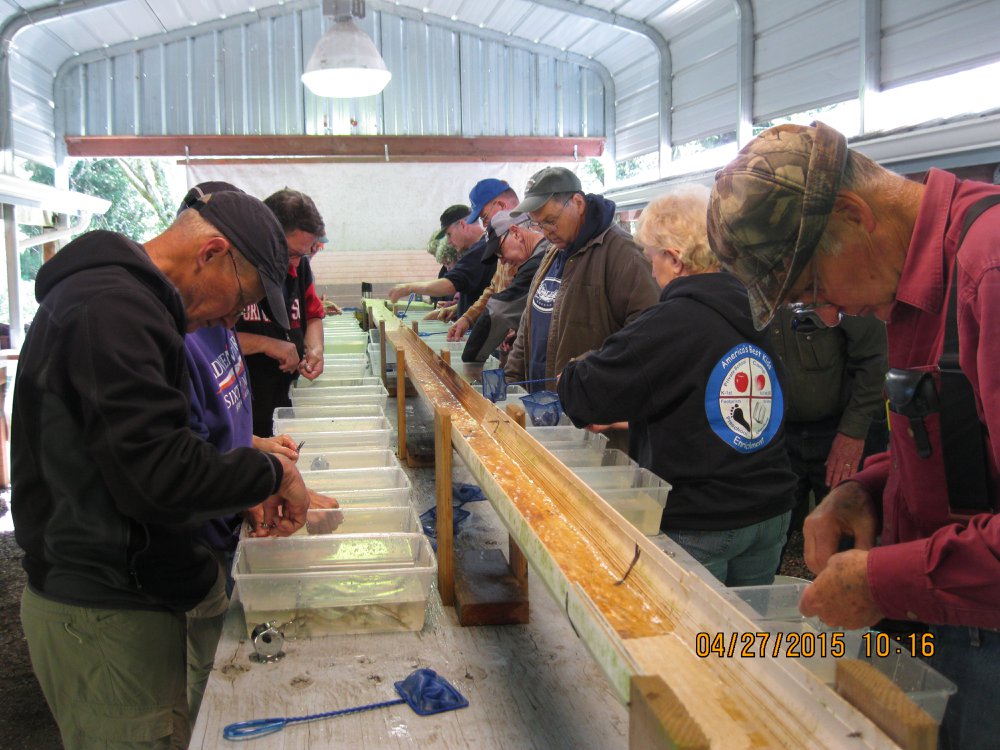
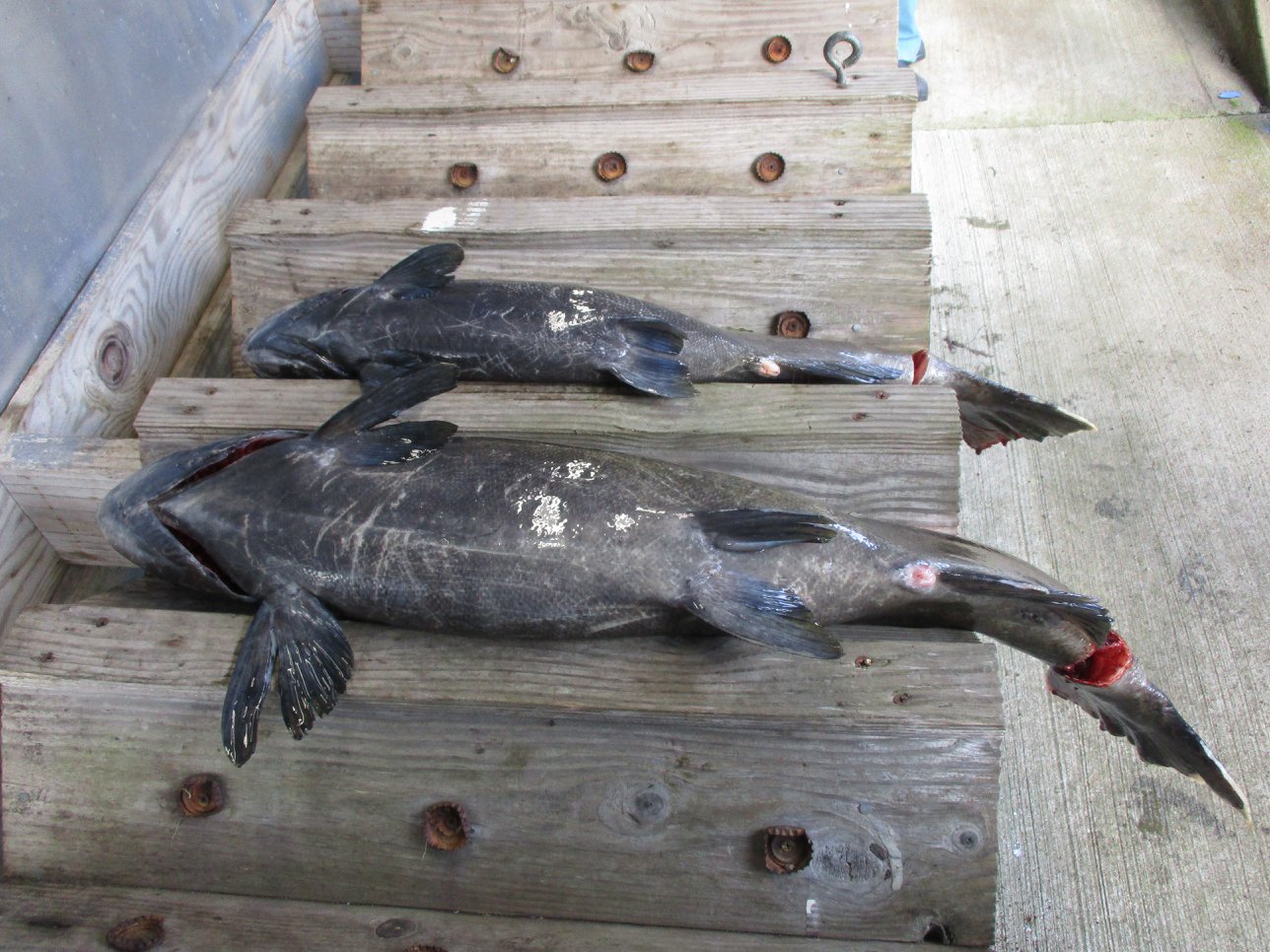
In recent years there has been a sharp decline in natural salmon populations. The reasons behind the decline are not entirely clear as many factors come into play. Loss of spawning and rearing habitat, water quality, climate change, dams, and over harvest are some of the reasons. Recently, a movement has arisen based on the idea that hatchery salmon may be harmful to natural populations. The movement maintains hatchery fish compete with natural fish for space and food in rearing streams. And, if hatchery fish return as spawning adults, they might spawn with natural fish degrading the genetic structure of the natural population.
Decades of research have yet to reveal conclusive answers and limited progress has been made to restore viable natural salmon populations.
STEP programs can resolve some issues. STEP salmon augmentation programs create terminal fisheries. Smolt and pre-smolt are raised in a hatchery environment and upon their release are acclimated to a specific site in the river estuary resulting in returning adults not programed to swim upriver to spawn. Instead, they will loiter for weeks near the acclimation site creating an easily accessible sport fishery and are available for capture as brood stock.
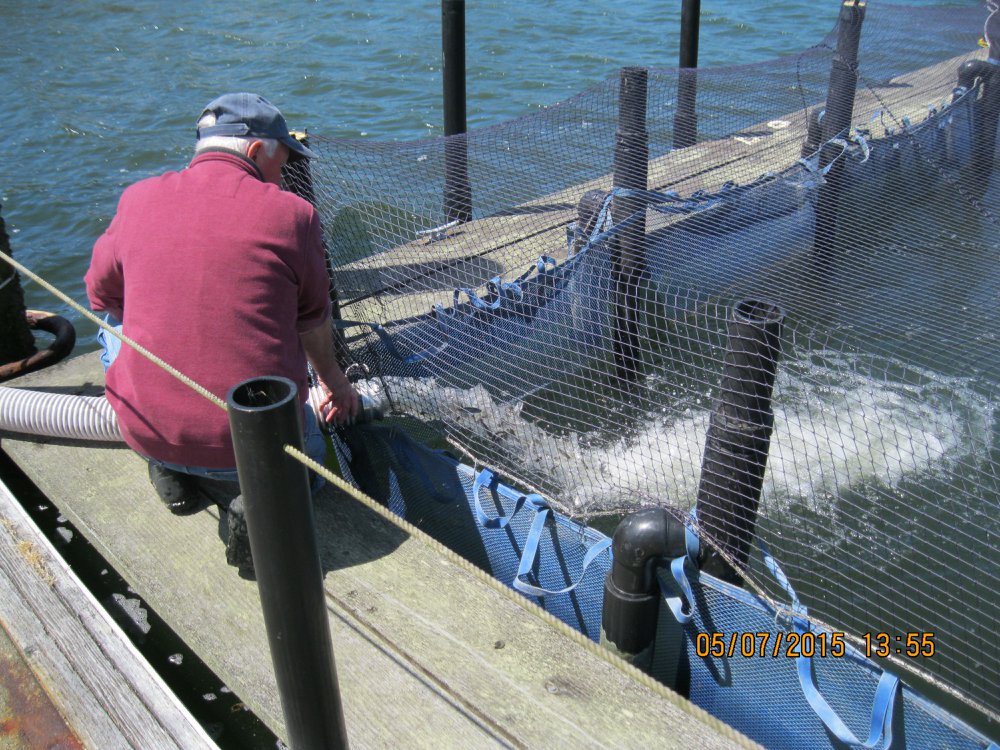
Anglers have harvest expectations in return for their license and tag fees. In many Oregon streams and rivers those expectations cannot be met without endangering natural fish runs. To meet federal requirements ODFW has been forced to limit harvest to hatchery salmon only with no retention of natural fish or close the water body to all salmon angling. Neither option is looked upon favorably by the angling public.
The Gardiner, Reedsport, Winchester Bay STEP program augments salmon runs in the Umpqua River estuary. It has created an extremely popular bank fishery in the Winchester Bay area and increases harvest levels for boat anglers in the estuary. The influx of anglers during fall salmon seasons adds much needed revenue to local economies.
The future of natural salmon runs is uncertain. Both nature and human beings play controlling roles. Nature will do what nature will do with no controls. We must work with what we are given. On the other hand, human beings do have options that will increase natural salmon populations. The question is, are we willing to do the work and make the sacrifices it will take to do so?
STEP programs are a positive effort in providing harvestable hatchery salmon while lessening impacts on natural salmon populations.
For additional information email your ground mailing address to: stepgrwb@gmail.com
